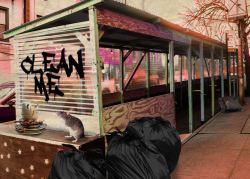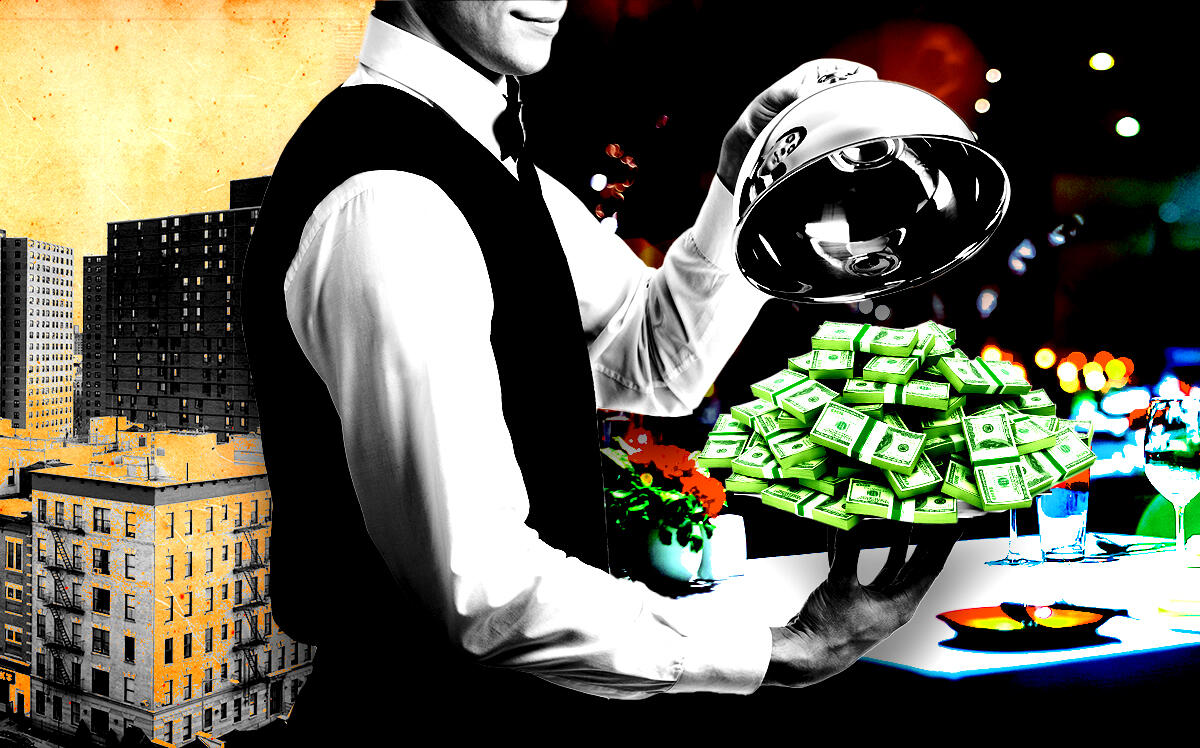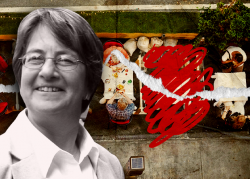 Check, please! Locals demand city undo outdoor dining
Check, please! Locals demand city undo outdoor dining
Trending
Federal relief favored restaurants in wealthy areas: study
Only 28% of Restaurant Revitalization grants went to low-income businesses

In low- and moderate-income neighborhoods, the Restaurant Revitalization Fund was a low tipper.
Of the nearly 5,500 awards to New York City eateries, approximately 28 percent went to businesses in low- and moderate-income communities, data compiled by state Comptroller Thomas DiNapoli’s office show.
Furthermore, many of those loans were for relatively small amounts. The average business in a low-income community received about $276,000, compared to more than $590,000 for those elsewhere.
At a more granular level, the discrepancies are even more pronounced, according to the report.
Read more
 Check, please! Locals demand city undo outdoor dining
Check, please! Locals demand city undo outdoor dining
 Downtown pols call for limits on permanent outdoor dining
Downtown pols call for limits on permanent outdoor dining
In Manhattan, businesses in low-income communities received only 6 percent of the borough’s Restaurant Revitalization Fund dollars, with the average business receiving $314,000. That figure was over $855,000 in non-low-income communities.
In Chinatown and the Lower East Side, the 59 percent of businesses located in low-income areas received only 30 percent of Restaurant Revitalization Fund money. In the Bronx, the 74 percent of businesses in low-income communities received 60 percent of the Restaurant Revitalization Fund dollars.
For Paycheck Protection Program loans, the story was similar in 2020 as 30 percent of grants to the city went to businesses in low-income communities in 2020. In 2021, however, that share jumped to 43 percent.
The Open Restaurant Program, which allows restaurants to place seating on the sidewalk and parking lanes, had disparities within boroughs, but overall, eateries in low-income areas applied at similar rates to those in wealthier neighborhoods. About 29 percent of total applications in 2020 came from restaurants in low-income communities, which was proportional to the areas’ share of restaurants in the city as a whole.
In Brooklyn, a smaller-than-expected share of applications, 33 percent, came from low-income areas, which account for 40 percent of restaurants in the borough. In Queens, on the other hand, a larger-than expected share of applications came from low-income communities: 41 percent, outstripping their 28 percent share of the borough’s restaurants.




